Top 6 Causes of Household Mold and How to Prevent Them
Mold can be a persistent and harmful problem in homes, leading to health issues and structural damage. It thrives in moist environments and can cause respiratory infections, allergies, and worsen asthma conditions. Mold's presence often indicates a larger issue with moisture management, which can compromise the structural integrity of your home. According to The Spruce, mold remediation typically costs around $2,360, with prices ranging from $1,225 to $3,750. Understanding the causes of household mold and effective prevention strategies is crucial for maintaining a healthy living environment. By recognizing early warning signs and addressing root causes, homeowners can avoid costly damage and preserve both property value and family well-being.
1. Excessive Moisture
Excessive moisture is the primary cause of mold growth in homes. High humidity levels can create a conducive environment for mold spores to settle and proliferate. Bathrooms and kitchens are particularly prone to high humidity due to the nature of activities in these areas. It is crucial to monitor humidity levels and maintain them below 60%. Using a dehumidifier can help to control and reduce indoor humidity effectively. Addressing humidity before it escalates is one of the simplest steps homeowners can take to prevent serious mold issues.
Repairing leaks promptly can prevent moisture accumulation that favors mold growth. Leaks can occur in roofs, walls, or plumbing systems, and their identification and repair are essential. Ignoring a small leak can cause significant damage over time, resulting in higher repair costs. Professionals can use advanced tools to detect hidden leaks that might not be visible initially. These proactive measures can prevent the expensive and complicated process of mold remediation, which often requires the help of a mold remediation company.
2. Inadequate Ventilation
Inadequate ventilation not only fosters mold growth but also leads to other air quality issues. Stagnant air allows moisture to condense on surfaces, particularly in closed-off, poorly ventilated spaces. This problem is compounded in homes with energy-efficient designs that limit air exchange. Implementing ventilation solutions like air exchangers or mechanical ventilation systems can significantly reduce mold risks. A well-ventilated home not only prevents mold but also improves overall indoor air quality, contributing to a more comfortable and safe environment.
Exhaust fans play a critical role in managing indoor humidity. Installed in bathrooms and kitchens, they help expel moist air produced by showers, cooking, or dishwashing. Regular use of these fans can drastically reduce the chances of mold forming by maintaining air dryness. Investing in quality exhaust fans with humidity sensors can offer automatic moisture management. These devices can be a cost-effective preventive measure, saving on potential mold remediation expenses.
3. Plumbing Issues
Plumbing issues are a frequent contributor to household mold. Leaky pipes or overflows can create moist conditions perfect for mold proliferation. As pipes age, they might develop cracks or corrosion that lead to slow leaks, often unnoticed until significant damage has occurred. In addition to regular inspections, timely repairs of plumbing systems are crucial. Addressing these issues in their infancy can prevent costly remediation and extensive damage to property. When overlooked, these issues often lead homeowners to call a mold remediation company for help.
Routine plumbing maintenance helps to avert problems and potential mold risks. Regularly scheduled inspections by professional plumbers can identify vulnerabilities in the system. A proactive approach can uncover small leaks or misplaced seals before they exacerbate. Inspections should include checking pipe insulation to prevent condensation, a common mold catalyst. Proactive plumbing care can ultimately safeguard both health and property value.
4. Poor Drainage Systems
Poor drainage systems can lead to water buildup around and within a home. Ineffective outdoor grading can cause water to slope toward the foundation rather than away. This problem might manifest as persistent wet spots around the property, leading to mold and structural issues. Evaluating and improving drainage systems can prevent moisture intrusion. Solutions can involve regrading landscapes or installing better drainage outlets to minimize long-term risks.
Gutters and downspouts are a home's first line of defense in managing water runoff. They need to be maintained and cleaned regularly to ensure they function correctly. Clogged gutters can cause water overflow and unwanted moisture in walls and foundations. Regular cleaning, especially during fall when leaves accumulate, can prevent these issues. Proper maintenance of drainage systems is paramount in mold prevention and overall property protection. When in doubt, consult a mold remediation company to evaluate persistent moisture pathways and hidden damage.
5. Condensation Buildup
Condensation occurs when warm, humid air comes into contact with cold surfaces. This phenomenon often leads to water droplets forming on windows and walls, creating a moist environment conducive to mold. Weather conditions significantly influence condensation patterns, especially during colder months. Window condensation can be managed by using double-glazed windows and maintaining a balanced indoor temperature. Addressing condensation problems is essential in preventing mold development.
Effective insulation techniques can play a significant role in reducing condensation. Proper insulation prevents cold air from affecting the temperature of surfaces inside the home. Inadequately insulated windows and walls tend to attract moisture, which could lead to mold presence over time. Adding insulation in attics and basements can mitigate temperature differences responsible for condensation. Insulating a home properly is both a comfort improvement and a preventive measure against mold.
Condensation in attics and basements can be a persistent problem if not addressed. Installing vapor barriers and ensuring adequate ventilation are some strategies to manage these issues. It is also helpful to monitor humidity levels in these zones, adjusting them when necessary. Dehumidifiers can aid in maintaining a dry atmosphere. Consistent management of condensation reduces the potential for mold-related complications and avoids the need for extensive work by a mold remediation company.
6. Improper Storage Practices
Improper storage practices contribute to mold growth by restricting airflow and trapping moisture. Cluttered spaces, especially in storage areas like basements and attics, can create a vapor-lock, leading to excessive humidity and mold development. Regularly organizing and decluttering storage spaces allows for proper air circulation. For items stored in basements, using elevated shelves can prevent them from coming in direct contact with potential moisture. These practices help reduce mold risks associated with storage areas.
Properly organizing storage areas can mitigate the potential for mold growth significantly. Ensuring that items are stored neatly and allowing for airflow prevents moisture buildup. Storing items in moisture-resistant containers or bins is essential. Regular checks of storage areas can help identify any mold presence early, preventing its spread. A systematic approach to storage can sustain mold-free environments, safeguarding the stored items.
Incorporating moisture control techniques is crucial for long-term mold prevention. Using silica gel packs or moisture absorbers in storage bins can help maintain a dry atmosphere. Periodically checking and renewing these moisture absorbers ensures ongoing effectiveness. Additionally, using waterproof storage containers for items prone to moisture damage can further reduce risks. Managing moisture in storage spaces is a proactive step towards maintaining a mold-free home and avoiding unnecessary calls to a mold remediation company.
By understanding the top causes of household mold and implementing preventative measures, homeowners can protect their health and safeguard their property. Regular maintenance, proper ventilation, and effective storage practices are essential in keeping homes mold-free. Awareness of the financial implications, including mold remediation costs that can reach thousands of dollars, highlights the importance of proactive mold management. Through diligent prevention strategies, homeowners can not only reduce the risk of mold but also enjoy a healthier and more secure living environment. If problems do arise, contacting a trusted mold remediation company ensures the issue is resolved quickly and thoroughly. Ultimately, these efforts contribute to reducing long-term property damage and enhancing overall quality of life.
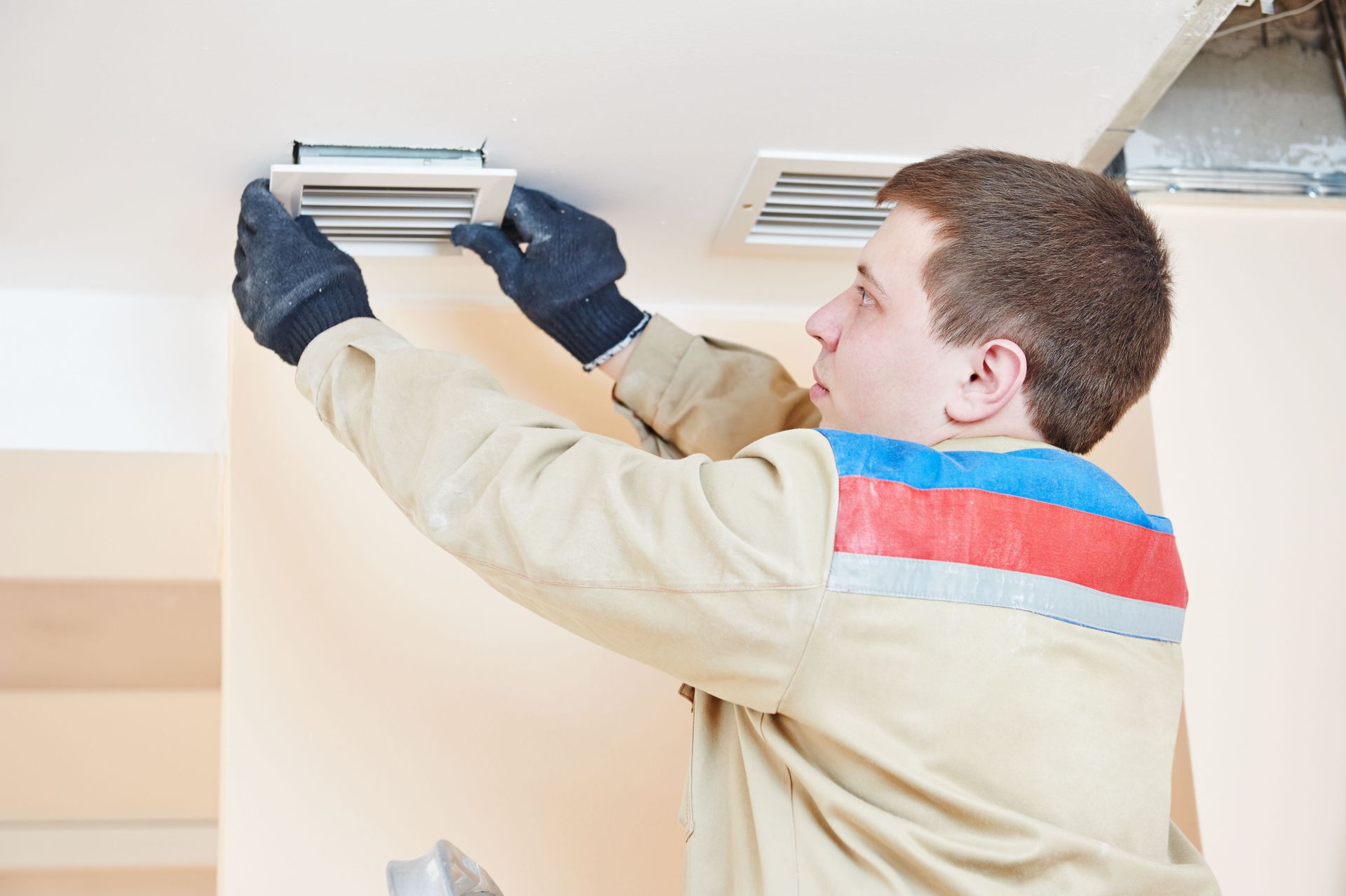
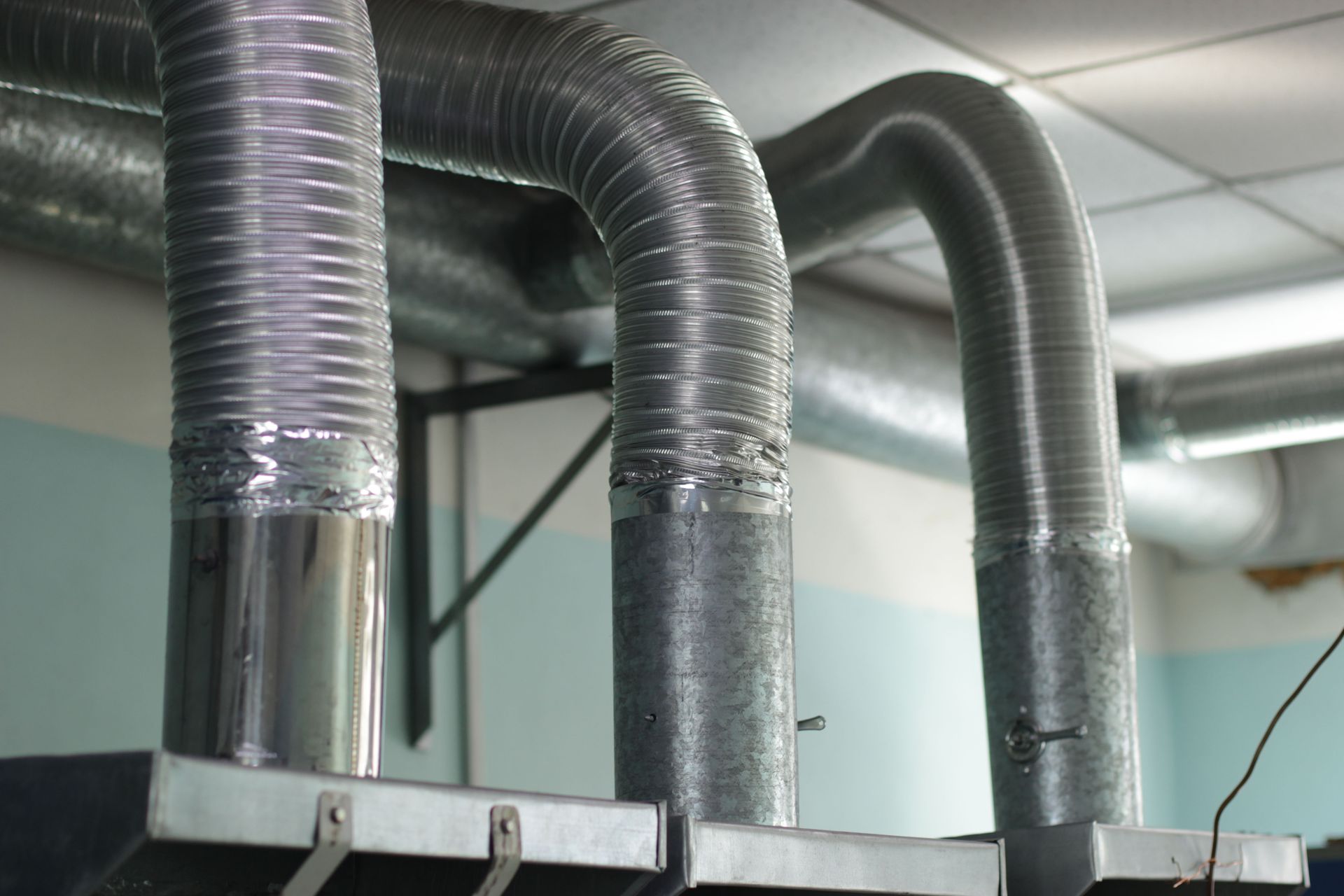
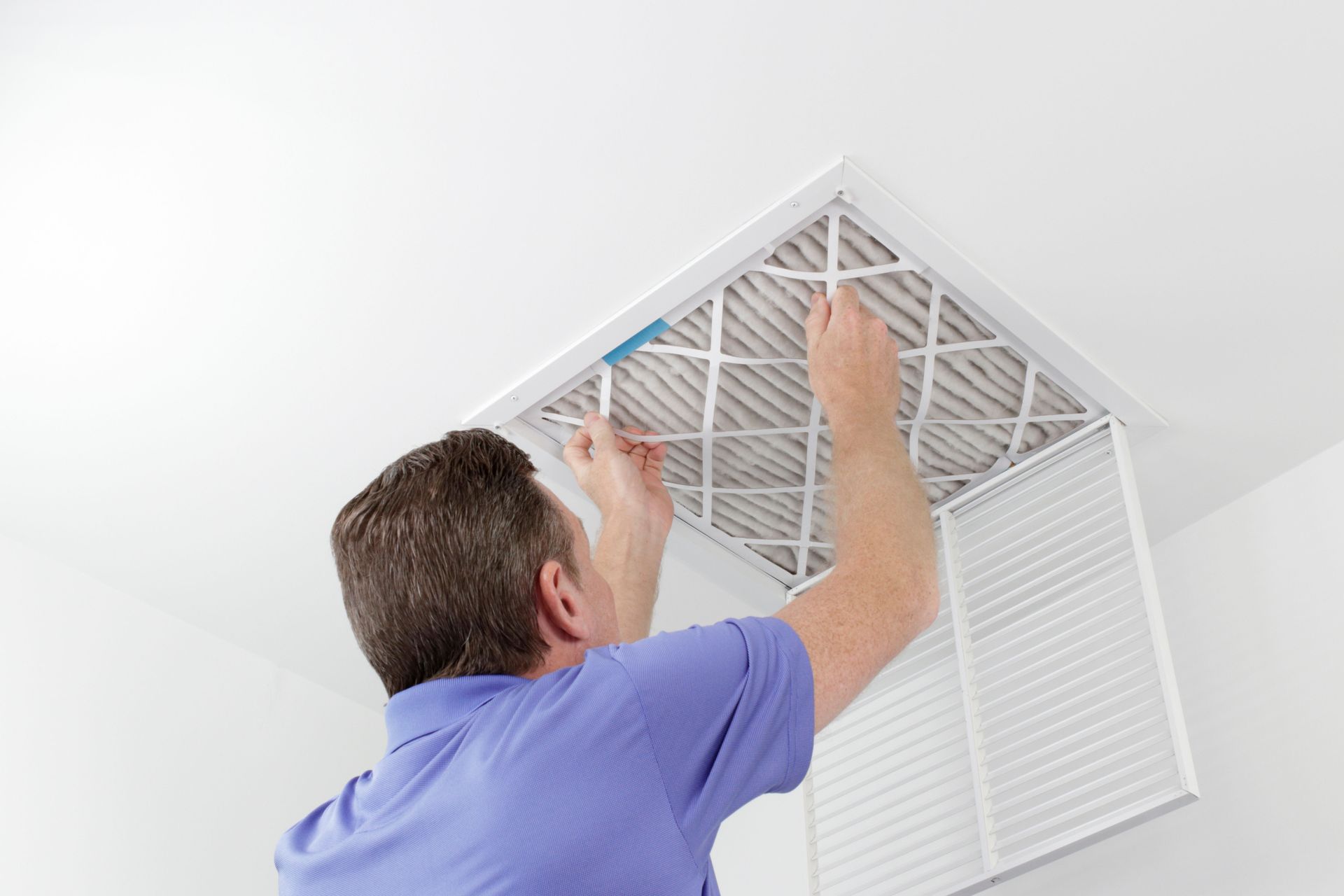
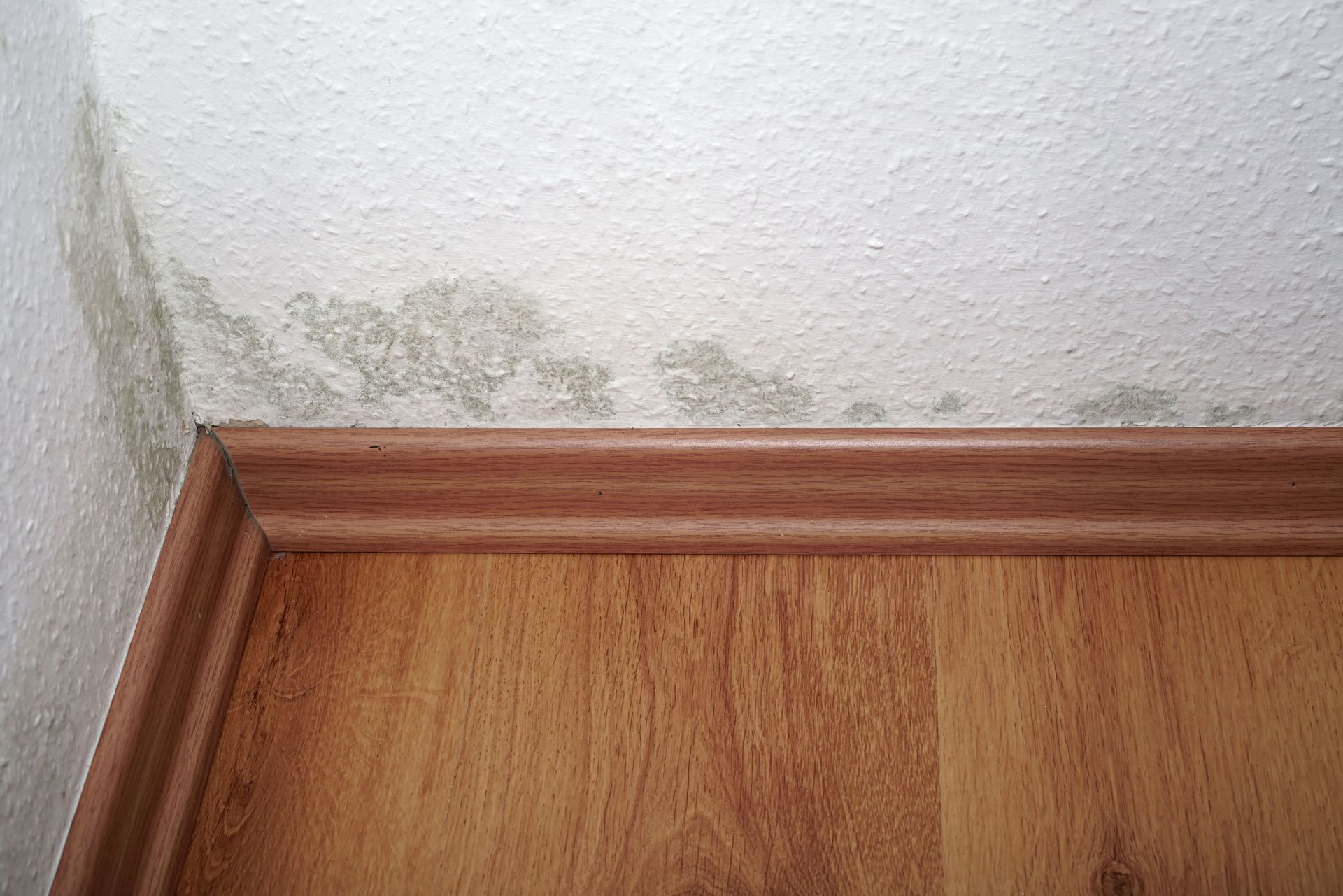
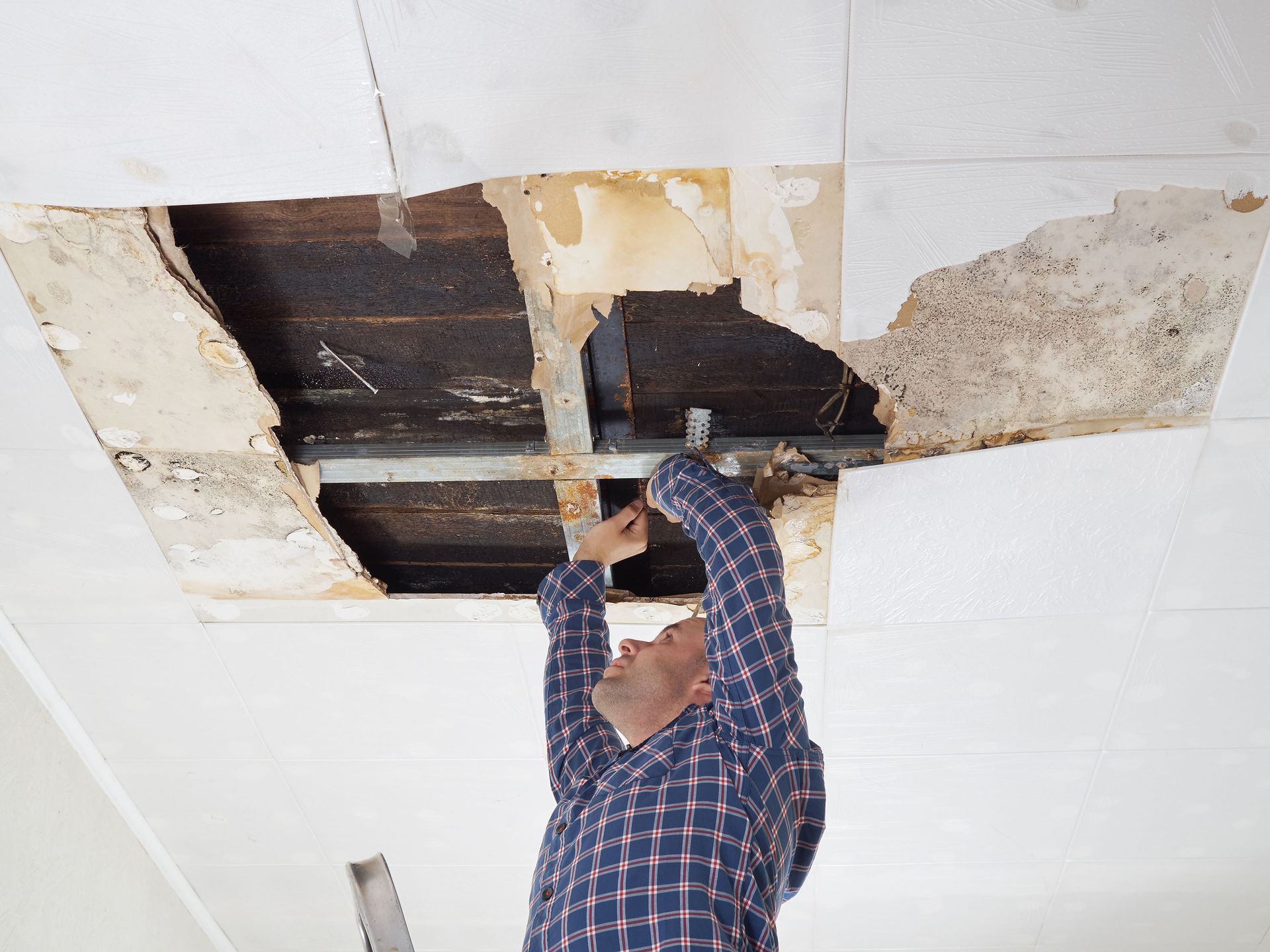
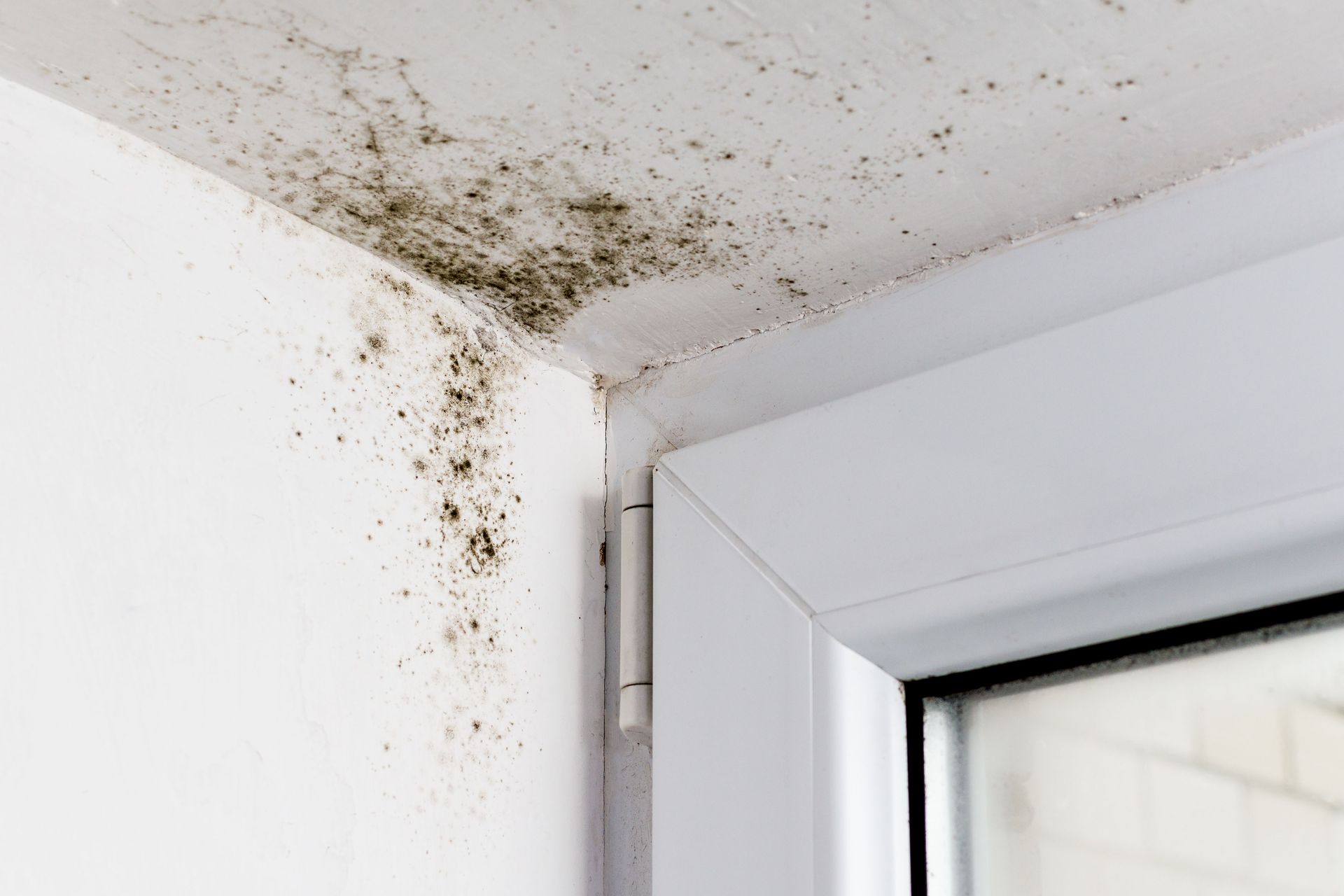
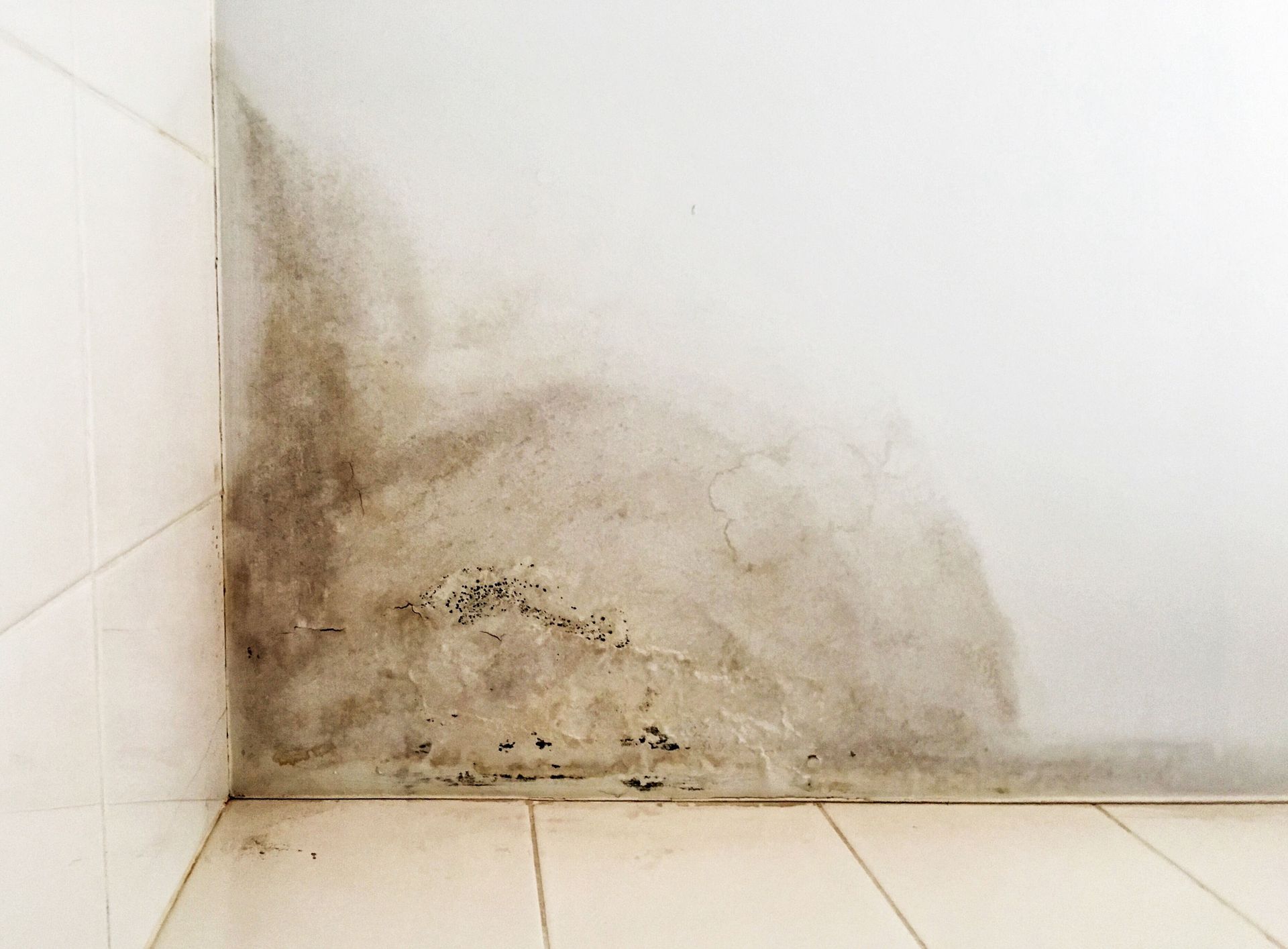
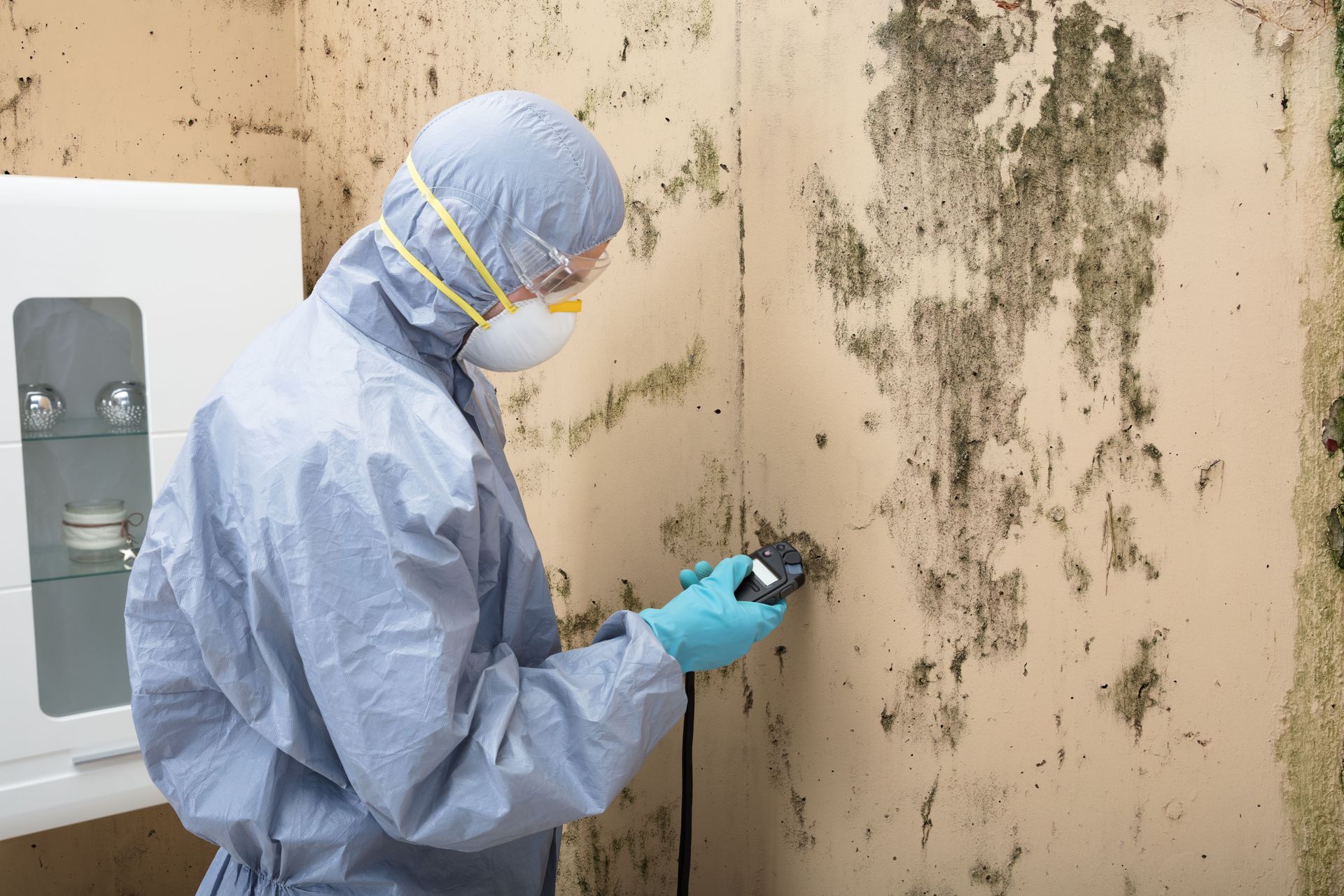

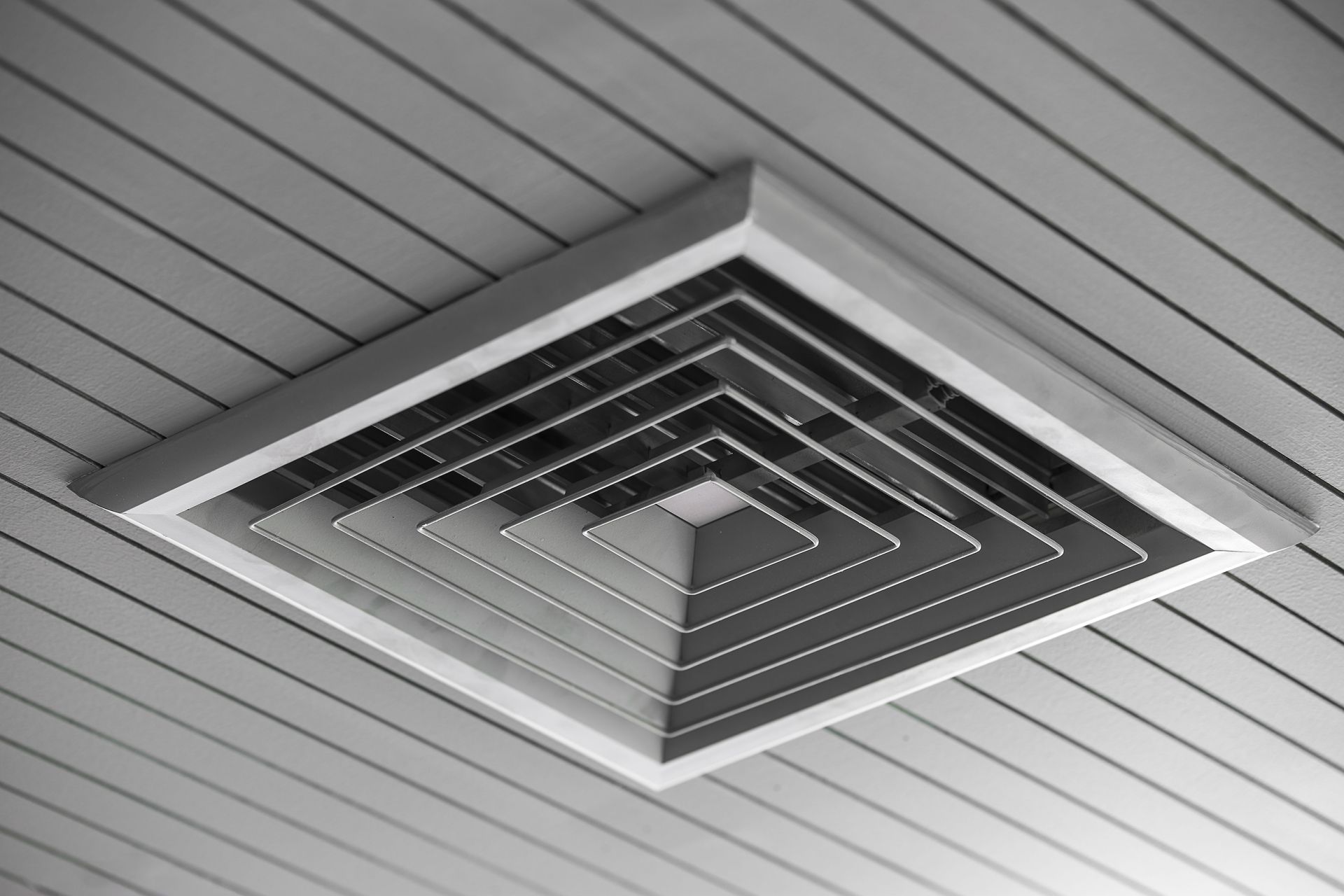
Share On: